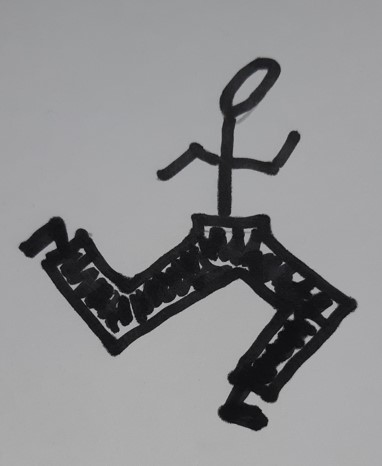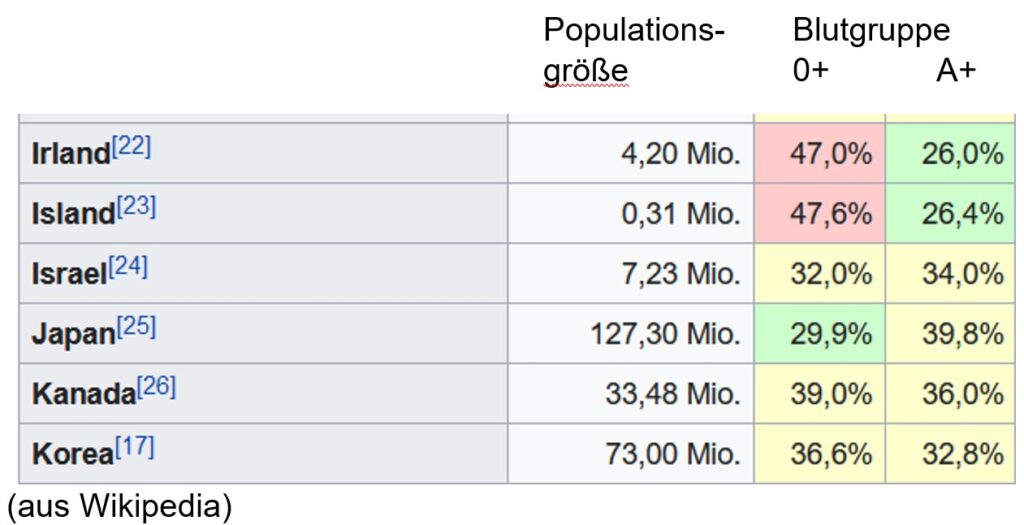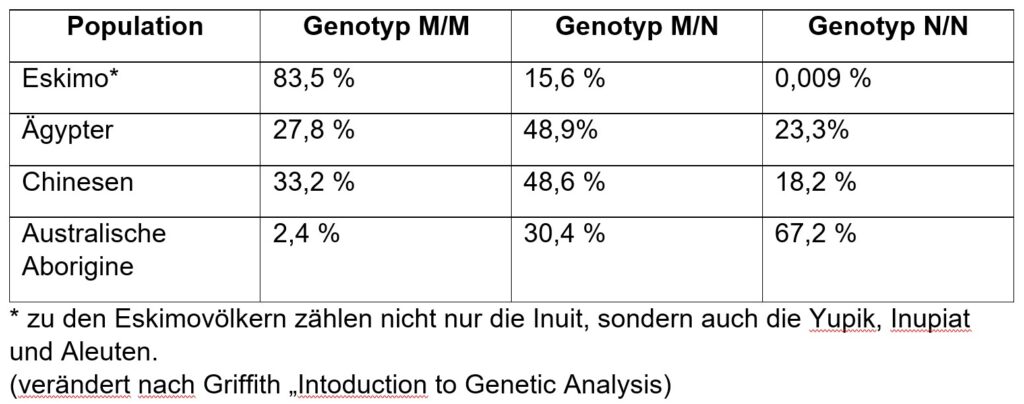The Canadian police recently created a mugshot or “DNA phantom image” based on DNA traces at a crime scene. The image was published in social media to support the search for the suspected perpetrator (https://www.edmontonpolice.ca/News/MediaReleases/DNAPhenotypeOct4?utm_source=dlvr.it&utm_medium=twitter).
Based on genetic analysis, “phenotyping” is an attempt to reconstruct a person’s appearance. Some characteristics (e.g., eye color, hair color, pigmentation) can be determined quite well, while others are highly dependent on living conditions and can hardly be determined. The new and unusual methodology triggered highly controversial discussions (Sources in German: https://www.spektrum.de/news/verbrechen-ethische-bedenken-an-dna-datenbank-forensik/1896274, https://1e9.community/t/die-kanadische-polizei-nutzte-ein-fahndungsfoto-das-aus-dna-generiert-wurde/18092) and the police decided to delete the image from social media.
What is “phenotyping”?
In principle, phenotyping is based on an extended “genetic fingerprint”. The method originally developed by Alec Jeffries actually provided only a very small bar code, which allowed no information on characteristics of an individual.
With today’s methods, however, it is possible to easily compare more than 1 million locations on the DNA and, if necessary, sequence the entire genome. Increasingly, both phenotypic characteristics and ethnographic origin can be deduced with a certain degree of probability (!). How meaningful the resulting phantom images can be is still unclear but their significance will probably increase. The appearance (phenotype) of a person is shaped on the one hand by genetics, on the other hand by the environment (living conditions), but certain characteristics can be derived from genetic analysis. Such phenotyping is by no means absolutely reliable. However, this also applies to phantom images, which are created from witness statements and are consciously or unconsciously subjectively influenced by the person of the witness.
It is often overlooked that genetic markers are not a method of identification, but rather a method of exclusion: if a trace at a crime scene does not match that of a suspect, he is out. If it matches, the suspect is the perpetrator – with a certain probability, but not with certainty. It is often forgotten that especially in the early days of genetic fingerprinting, more innocent convicts got out of jail than guilty ones went to jail! This will also be true for phenotyping: one gets clues for characteristics such as hair and eye color, facial shape, body size, etc. This may be used to rule out that a perpetrator had black hair or blue eyes. It will never be possible to create an exact photo – and this must be clearly communicated!
In Germany, the use of markers for phenotyping and ethnographic origin is mostly prohibited. (Since 2019, age, eye and hair color can be used, but not ethnographic origin.) The fear of “racial profiling” is too great. At best (or at worst?), one relies on dubious witness statements (the perpetrator had a “European” or a “southern” appearance – whatever that means). Or you can use clues like “the perpetrator was wearing black pants”.

The future of forensic phenotyping
Whether the strict protection of genetic data in Germany actually prevents the “transparent citizen” is very questionable. Different rules already apply in Holland. There, genetic data can be used to draw conclusions about ethnic origin (in the sense of genetic ancestry) – with a certain, but by no means 100% reliability. And what databases and procedures are used in some other countries, one would not even like to know! The potential is so huge that in the end hardly any government or secret service will do without it – more or less openly or secretly.
Globally, it will be almost impossible to prevent the use of such data. What we can do is only to disclose their use as transparently as possible. Above all, we have to explain what conclusions can and cannot be drawn from them. The concept of probability is often misunderstood and leads to prejudice. In most countries, forensic DNA analysis can be supportive in a conviction, but not as the sole evidence.
Should we rather prohibit the use of such data in cases of serious crimes? Should we rather search for a potential criminal with black pants than for a person with blond, curly hair and blue eyes?
Examples
Here are two simple examples to describe the significance of a probability. The examples are constructed and very unlikely. They should just make the meaning of genetic data very clear.
Example 1:
A trace at a crime scene has blood type 0+.
The suspects are an Israeli (32% of the Israeli population has blood type 0+) and an Icelander (47.6% of the Icelandic population has blood type 0+).
From data statistics it is not possible to identify either of the suspects as the perpetrator.

Example 2:
A trace at a crime scene has the genotype M/M.
Suspects are an Eskimo* (83.5% of Eskimos have genotype M/M) and an Australian Aborigine (2.4% of Aborigines have genotype M/M).
The Aborigine is thus not completely out but rather unlikely. The Eskimo is not necessarily the culprit. However, one would consider the Eskimo much more likely to be the perpetrator than the Aborigine. Even though, the genetic data are insufficient for a conviction, it is one piece in the puzzle of crime investigation.

Author: W. Nellen
Translated with www.DeepL.com/Translator (free version) – modified by the author.

